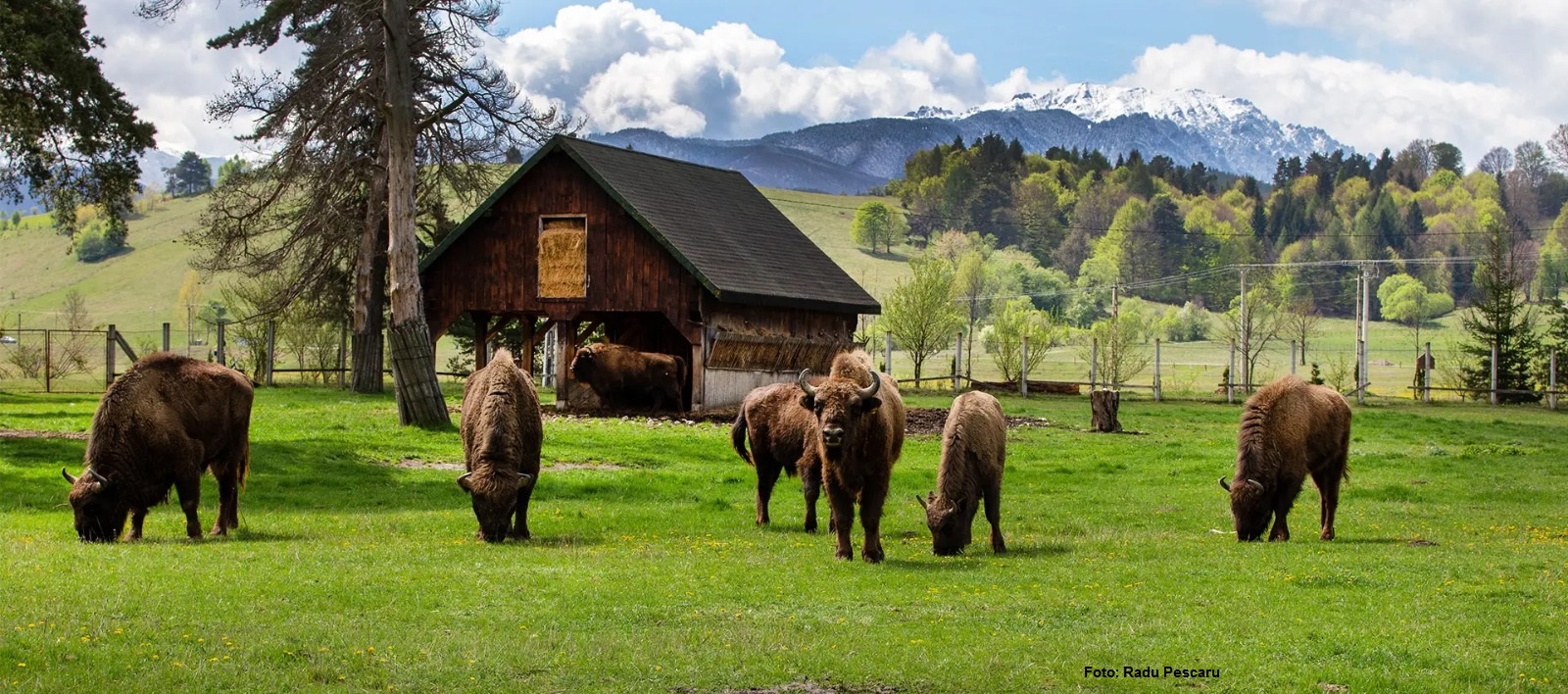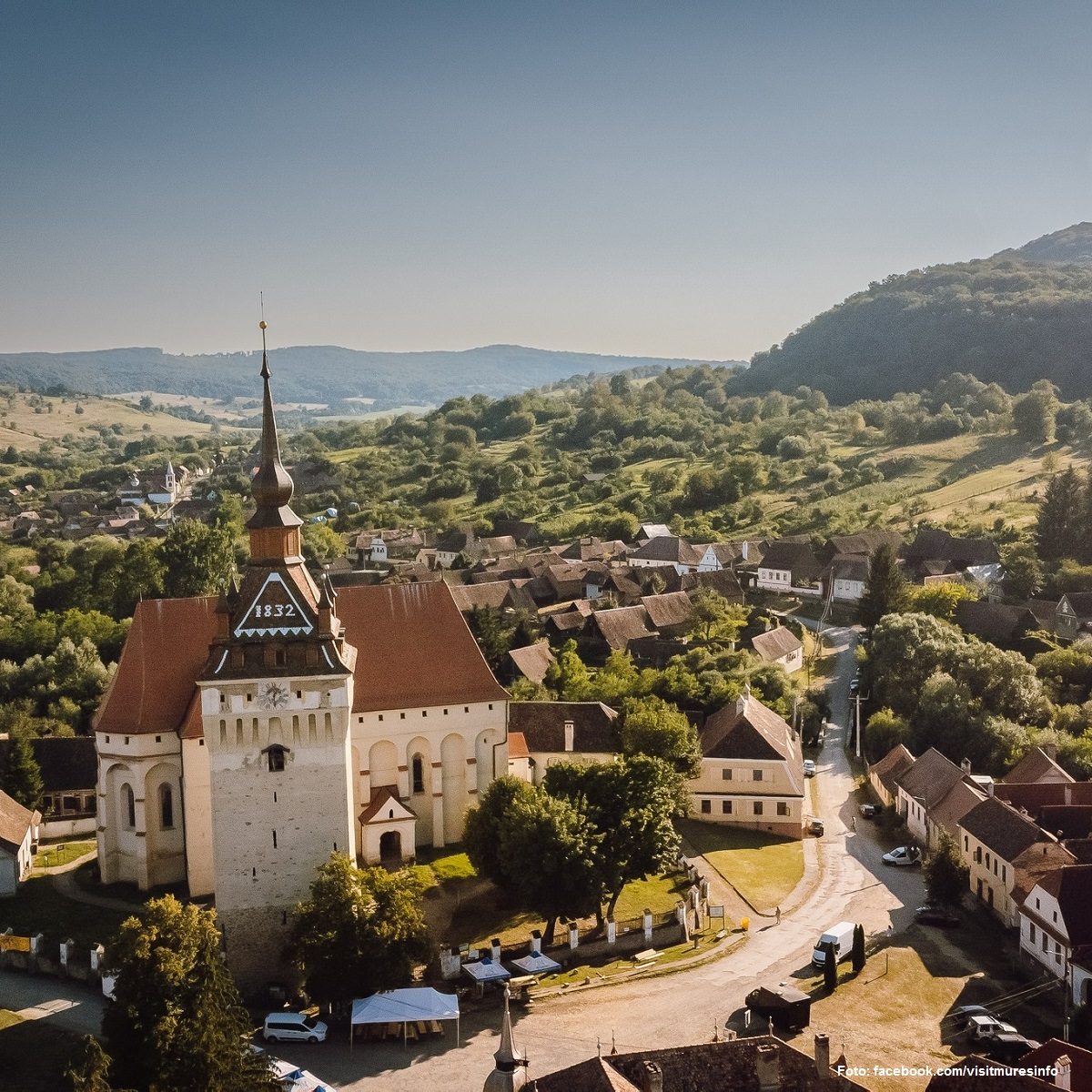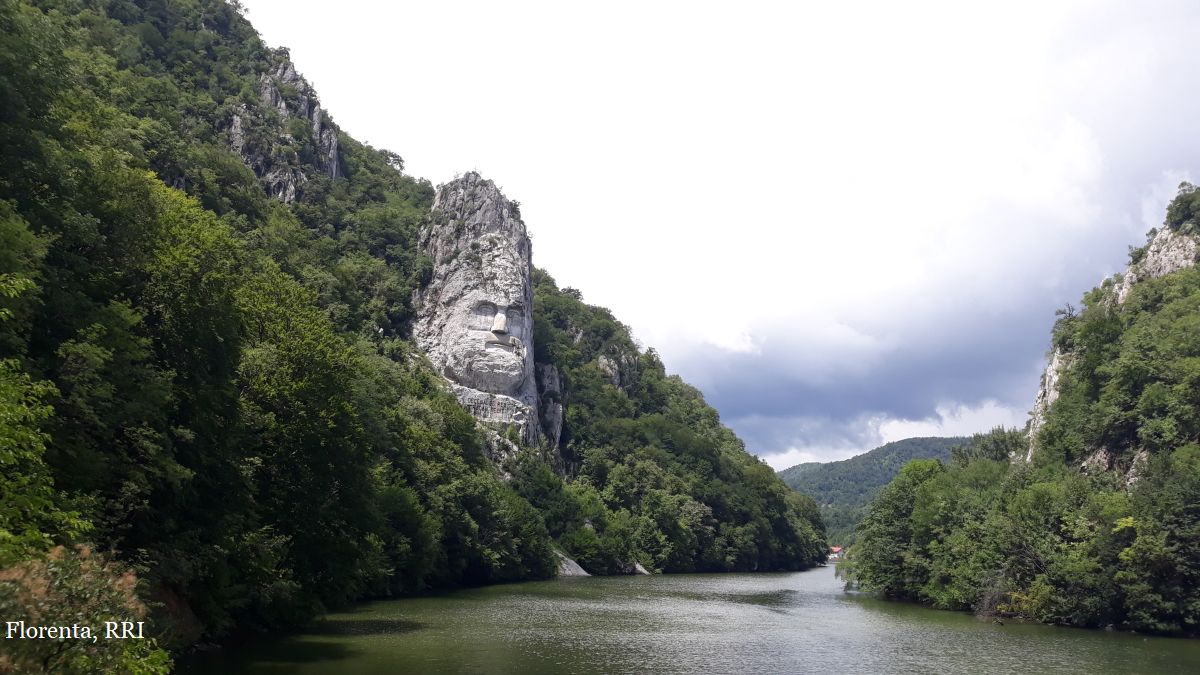Tourist Attractions in Alba County
Today we invite you to central Romania, and the endpoint of our journey is a region famous for its historical vestiges, monuments, natural attractions as well as for its customs and traditions.

Daniel Onea, 25.05.2017, 14:55
One of Romania’s most spectacular roads, Transalpina is crossing Alba, a county also famous for the commune of Rimetea, which offers a very special Transylvanian landscape consisting of one hundred white heritage houses, built in late 19th century.
The glacier in Scarisoara, the Alba Carolina Citadel, the Vidra Waterfalls or the Snails Hill are but a few of the most beautiful places to visit in Alba county. According to Mihai Coser, a spokesman for Alba Iulia municipality, in recent years the town has seen a significant cultural progress concurrently with its development as a tourist destination.
Mihai Coser: ”That has placed us on a map of quality events, a map you can easily detect, between Sibiu and Cluj Napoca. We have been progressing continuously. Events are more and more interesting, from one year to the next. Even as we speak we’re a whisk away from Alba fest, a musical event that has gone beyond its local or regional borders, becoming a reference event at national level. There are events for all ages. They are held weekend after weekend in the Alba Carolina fortress. You should also take into account the permanent tourist attractions that have as a starting point the historical origin of those places that as of late have been explored by volunteers. These actors implement a series of historical reenactments. Every evening there is a show of the Apulum Romana guards, an impressive show that brings together hundreds of spectators. At daytime we also have the famous Austrian guard, which is changing at lunchtime. Also, all throughout the tourist season as well as during the summer season, you can encounter the brass band every Sunday. Alba Iulia also means a significant part of the origins of Europe.”
The coordinator of the National Union of the Historical Monuments Restorers’ media activities Emanuel Drăguşin, a native of Alba Iulia, said tourists, be they Romanian or foreign, can have lots of reasons to start his journey from the Vauban bastion citadel.
Emanuel Dragusin: “First off, because this is the biggest Vauban-type citadel in Romania and south-eastern Europe, with a surface area of more than 100 hectares. Alba Carolina. Moreover, we say that in Alba Iulia you breathe the air of history, given that existing historical evidence date from the very first century, from the very time of the 13th Gemina legion, which erected a Roman castrum, here in the year 106 A.D. We have another fortification over the Roman castrum, a medieval 16th century fortress. The construction of the present Vauban fortress started in early 18th century during the ruling of the Austrian Emperor Charles the 6th.”
Municipality spokesman Mihai Coser also recommends the citadel as a starting point for the surroundings of the city.
Mihai Coser: ”Very close to us there are areas of genuine tourist interest, as regards the existing historical heritage and the weekend attractions or the activities that can be carried out. 20 kilometers from here we have a famous golf court. Then there are the Apuseni Mountains, capable of meeting the demands of every tourist. Also worth visiting is the castle in Jidvei. Very close to Alba Iulia, 5 kilometers from the city center there is arguably Romania’s only cycle path lying at an altitude of more than 450 meters. It was built with panoramic views. Vintu de Jos is also another very interesting tourist destination, with its Martinutzi estate. “
By all means, in the county of Alba Iulia you can enjoy typical Transylvanian, mouth-watering food. Of all that, there are dishes that are typical for our destination alone. With details on that, here is Mihai Coser once again.
Mihai Coser:”Alba Iulia boasts a couple of aspects in terms of hospitality. We have the ‘pita’ of the citadel. It is a loaf of bread with the shape of the citadel. Also, the citadel wine is prepared jointly with a well-known winemaking company. But extremely successful is the bean thick soup in pita, a dish you can find right within the citadel, or close to Alba Iulia, in Santimbru.”
There is a growing number of tourists coming to Alba Iulia, the spokesman of Alba Iulia municipality Mihai Coser said.
Mihai Coser: “The number of tourists coming to Alba Iulia has risen in the past 4 years by an average 20% annually. The world’s best-paid man is in Alba Iulia at this very moment. Specifically, we sent an invitation to a tourist from Australia, who won a contest in which 34,000 people took part. This man is paid a very large amount of money, by various travel entities, in exchange for promoting our city. Organized groups of tourists come to Alba Iulia as well. Last autumn, we had 3,000 tourists from Austria who came specifically to see Alba Iulia.”
Most foreign tourists are interested in the local traditions and crafts, says ethnologist Daniela Florean:
Daniela Florean: “Some of the things you can see here are folk costumes made hundreds of years ago, towels, bags and a variety of other household items that many of us have never seen, or, if we have seen them in our early childhood, we have forgotten all about them. We arranged several traditional local houses as tourist sites. One of them is in Cetatea de Balta, in Alba County, a village of great historic importance, because this is also where the medieval Moldavian ruler Stephen the Great had a citadel built. So this museum adds to the picturesque character of the place. It is a typical winegrower’s house, because the village is located next to the large vineyards of Jidvei. And in Jidvei tourists can find out how wine used to be made in the old times.”
A city rich in important and well-preserved historic monuments, symbols of its long history, Alba Iulia is also the starting point for many routes to other interesting destinations.






























